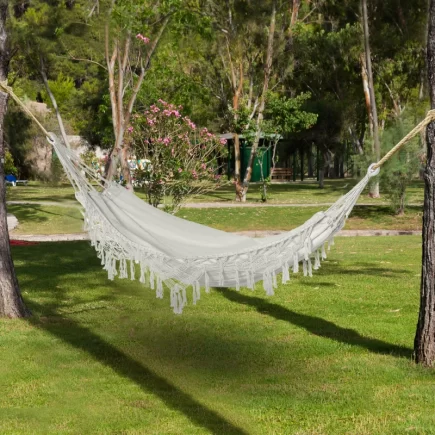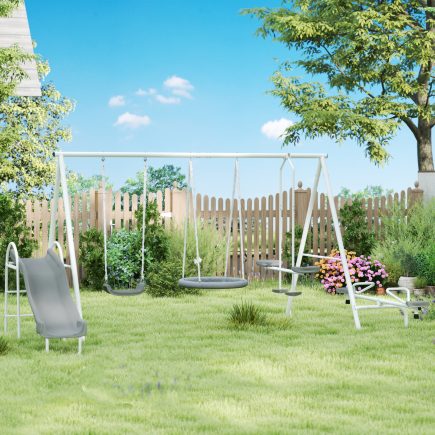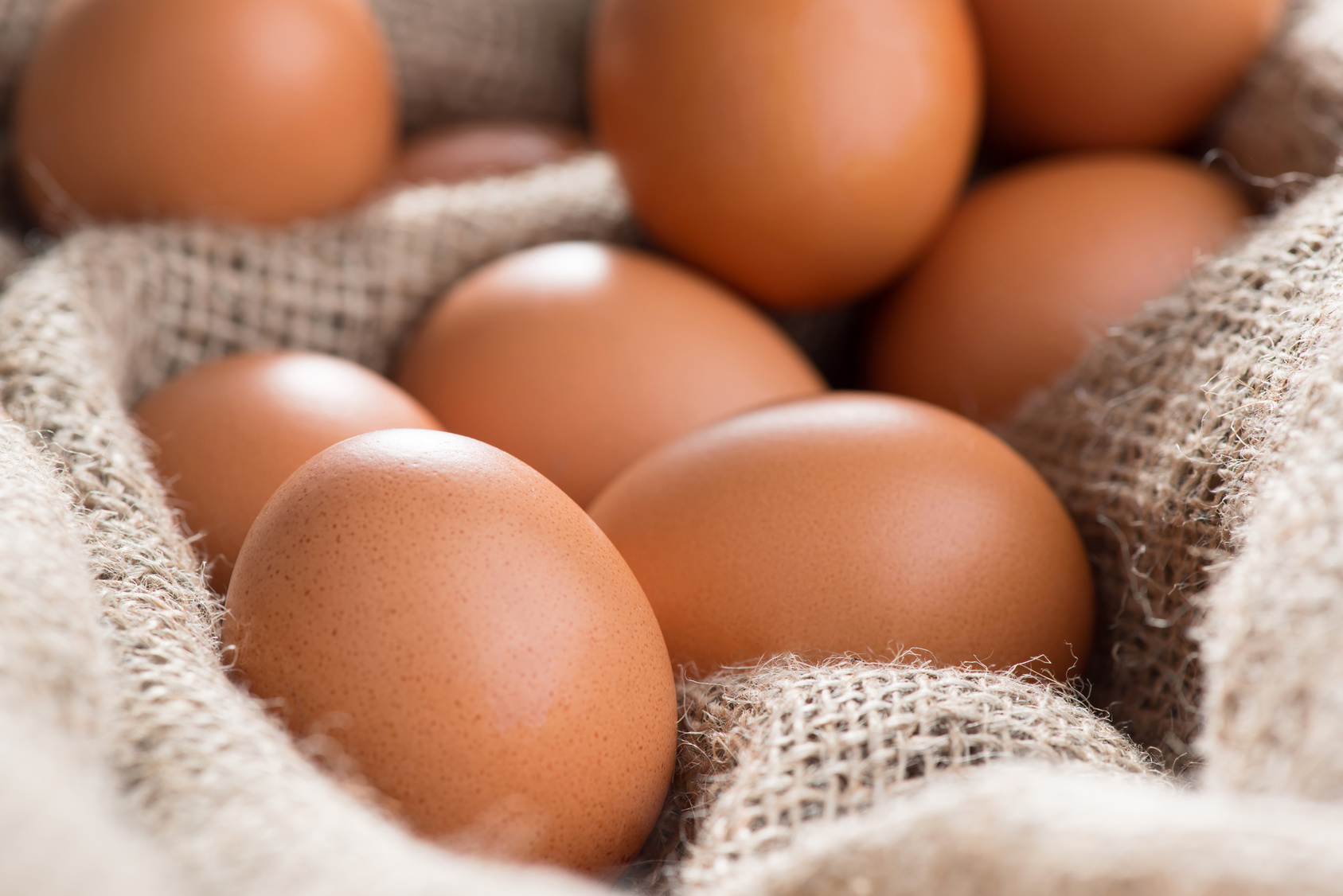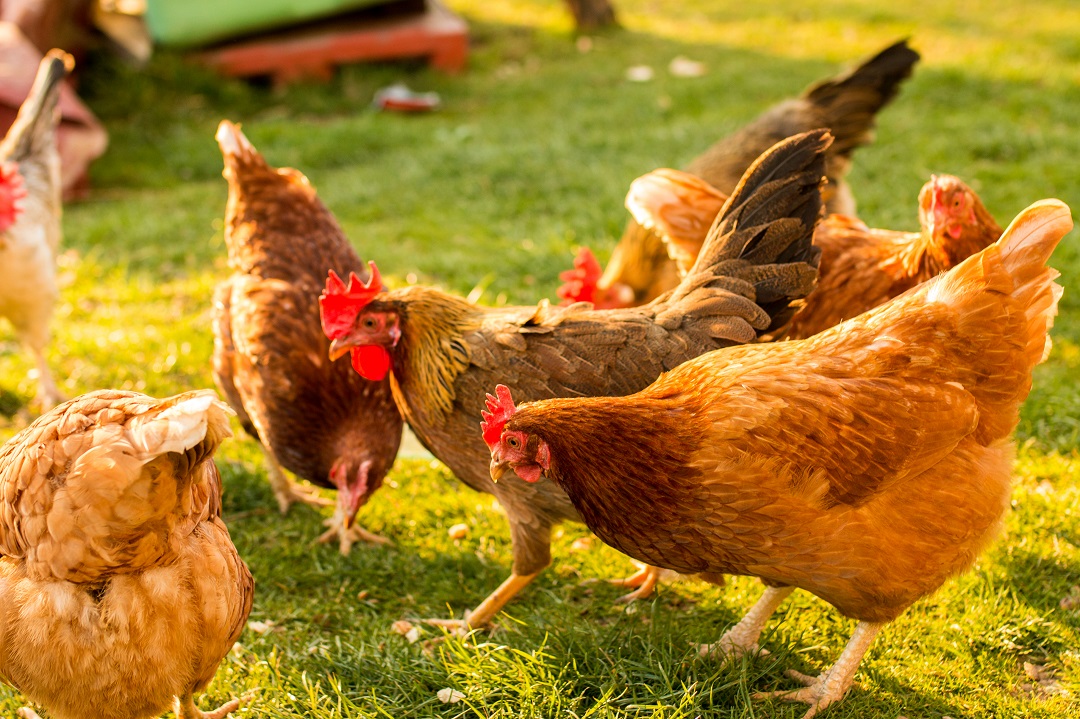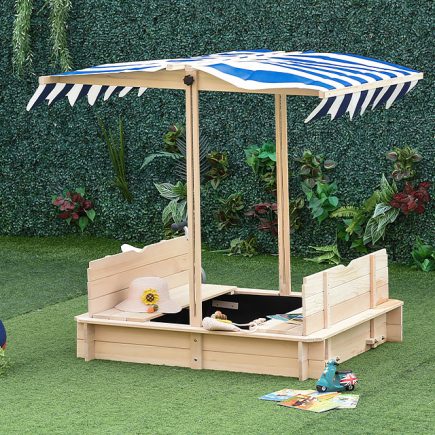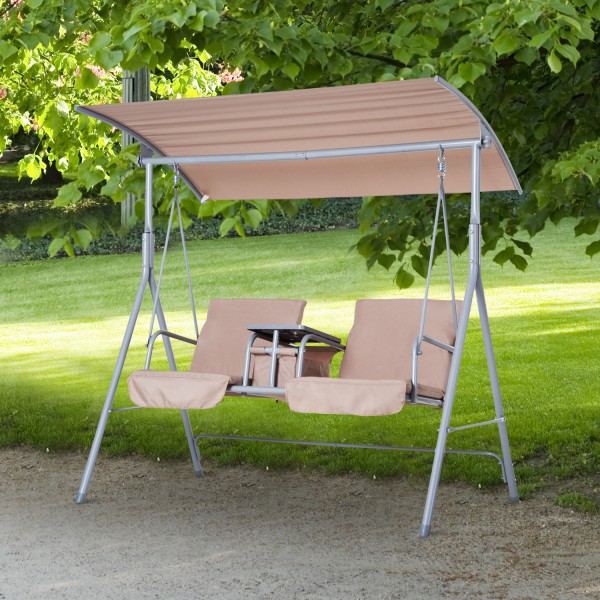Fresh Eats for Your Summer Harvest

You’ve spent all summer carefully watering your garden, chasing away deer and rabbits, pruning and weeding in the hopes of a big harvest. And now it’s here! All at once! Now just how the heck is anyone supposed to eat an entire garden’s worth of vegetables in two weeks?! Fortunately, we’ve compiled these great fresh summer recipes to help you get the most out of your hard work.
I grew up in a small town where gardening is a competitive sport. There’s a running joke that you can’t leave your car windows down in August or your neighbors will come along and leave all their excess zucchini in your car. If you’ve never grown zucchini, you should know that they are both hardy and prolific- and they will keep growing until you pick them (please search Google images for “Giant Zucchini”, you will not be disappointed). Some people claim they’re not very good when they get that big, but I’ve yet to meet a zucc that I didn’t like.

This green giant is one of my favorite vegetables because of its versatility- you can steam, fry, or bake it, turn it into bread, shred it into noodles, add it to stir fry, arroz con pollo, pasta primavera, use it to make casseroles, soups, or even salads. The possibilities are literally endless.
If you’ve got way too much zucchini, tomatoes, green beans, or anything else, we’re here to help. We’ve brought you a collection of amazing recipe ideas to put those garden veggies to good use. And if you’ve got more on your plate than you can handle, we’ve also got some great tips on ways to preserve that excess produce (hint- you can pickle anything!).
Fresh Summer Recipes for Your Garden Harvest
Salads
Here’s a fun spin on an obvious choice: Salad Rolls!
(For a detailed recipe and instruction video, click the link above)

These rolls are deceptively easy to make. The soft rice paper is stretchy and forgiving, so you can stuff them with a ton of your favorite veggies. Add a protein like shrimp or tofu, or keep it vegetarian for a lighter snack. These salad rolls are perfect for entertaining, or as an on-the-go lunch.
To make your own salad rolls, you’ll need rice paper wraps and vegetables- that’s it! Get the rice paper wet, then lay it flat on a piece of parchment paper. Layer your vegetable fillings such as spinach, cucumber, bell pepper, mango, onion, carrots- anything you like, really. Then fold the rice paper and wrap like a burrito. Voila! Pair with your favorite dipping sauce (mine is Thai peanut sauce) and enjoy!
Roasted Vegetable Medley
Easy and delicious, this recipe for Balsamic Honey Roasted Vegetables will take your sides games to a whole new level.

You can use any vegetables you’d like for this recipe; I’d recommend Brussels sprouts, sweet potatoes, and yellow onions, but you can choose your own favorites. These roasted veggies are great for family dinners, and the leftovers make for great breakfast scramble ingredients!
All you need to do is chop your veggies into bite-sized pieces, place them on the baking sheet, drizzle with olive oil, salt, and pepper, and bake for about 35 minutes, tossing once. When the veggies are tender and golden brown, remove from the oven and evenly drizzle the balsamic vinegar and honey over your vegetables. Bake for another 5-10 minutes until the honey starts to carmelize. Serve as a side to roasts, baked chicken, or pork chops.
Veggie Stir Fry
A family favorite, stir fry is a great way to use up some of your excess garden veggies. There are tons of easy stir fry recipes on our Pinterest board, including this one that will guide you through the basics.

My stir fry technique consists of gathering all of the vegetables in my kitchen, throwing them in a wok, and smothering them in hoisin or peanut sauce. That’s it! You can make your stir fry as basic or complex as you want. Pro-tip: add peanuts to your veggie stir fry for a meatless protein alternative that adds an extra crunch!
To make a great stir fry, all you need is veggies, sauce, and a side like rice or noodles to help soak up that delicious sauce. Wash and chop your veggies, then toss them in a large wok with about 1 tablespoon of oil- I like chili oil, but you can use peanut, sesame, or even olive oil. Cook on medium high heat for about 20 minutes, or until vegetables are tender and most of the liquid has cooked off, then add the sauce. Stir frequently and cook an additional 3-5 minutes until sauce thickens. Serve and eat!
Pasta Primavera
Fresh and healthy, this is another versatile dish (can you sense a theme here?) that can be altered to suit your tastes or current fridge inventory. This One-Pot Primavera recipe is about the easiest Italian dish out there.

Garden veggies such as tomatoes, zucchini, and onions are perfect for this dish, but you can experiment with your own combinations. I like to add black olives and capers for an extra kick. You can stick with a simple olive oil drizzle, or get really gourmet by adding a couple dollops of pesto to your concoction.
To make this fast and easy dish, you’ll need a large skillet or dutch oven. First, you’ll want to saute your garlic in olive oil, then add the water and your favorite pasta. Cook about 10 minutes until pasta is al dente, then add your harder vegetables like broccoli and onions. Once those soften, add tomatoes, butter, and anything else you like to create a richer sauce, such as ricotta or pesto. Stir in and cook an additional 1-2 minutes. Serve with fresh parmesan and basil.
Perfectly Preserved: How to Save Your Garden Bounty
Too many fresh veggies to cook? Let’s preserve that excess harvest so your hard work doesn’t go to waste!
Canning

Canning vegetables is a great way to preserve them for storage in the months ahead. The practice of canning produce is basically placing your vegetables or fruit in an airtight container and sealing it. For canning vegetables, you will need a pressure canner. For fruit, jams, tomatoes, and pickles, you can use a boiling water bath to preserve your harvest.
To learn more about canning vegetables, check out this guide to canning vegetables.
Freezing

Another great way to preserve your garden produce is by freezing it. Of course, this will take up quite a bit of room in your freezer, so you’ll want to plan ahead. For best results, you’ll want to blanche your veggies first. Boil a large pot of water, add the veggies, and let them boil for 2 minutes. Then place your blanched veggies into a colander and run cold water over them. Once cooled, place them on a cookie sheet in a single layer, and then place in the freezer. After 24 hours you can pull your frozen veggies out and bag them. Don’t forget to label the bag with contents and date!
To learn more about freezing garden veggies, check out this page.
Pickling

Pickling is a little different; instead of just preserving your veggies for future use, it turns them into something else altogether. Now we’ve all had a classic cucumber dill pickle with a sandwich, but did you know that you can pickle pretty much any vegetable? That Portlandia skit was not wrong- we can pickle that! To pickle veggies, you’ll need to make a brine, which consists of equal parts water and vinegar, a little salt and sugar, and spices like garlic, dill, jalapenos, ginger, or paprika. Then just add your veggies to containers, fill with brine, place in the fridge, and let the magic happen!
Check out this guide to quick pickling vegetables in the refrigerator– no complex canning needed!
More Fresh Summer Recipes:
Need some more fresh summer recipes? Check out our Pinterest Board for tons of innovative veggie dishes and more great resources on preserving your harvest.


